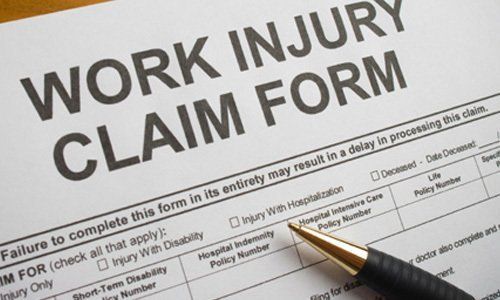Objective vs Subjective Occupational Testing
Not knowing the difference can make or break your organization.

Companies are spending billions of dollars annually to test their employees’ health via traditional physicals. The results from these physicals do not allow for information that allows an individual, or their prospective company, to know if they will be able to perform the job safely prior to starting.
The lack of medical data is a problem for both employers and employees alike.
Employers could be looking at a loss of productivity and workflow interruptions to healthy employees due to downtime from the injury of one employee that was not fit to perform the job in the first place. For the injured employee, they are left with more questions than answers as to how strong the injured body part was prior to injury, and to what extinct it is injured.
How will anyone know when they are fit to return to work after rehabilitation? How will they know they are being compensated fairly if unable to be rehabilitated to the level of strength and performance they had prior to the accident?
The amount of money spent in litigation, workers’ compensation payouts and raised insurance premiums for an injury you may have been able to avoid bringing to the workplace should be enough for employers to really consider the difference between objective and subjective testing.
What is Objective Evidence?
“Objective evidence refers to visible, measurable findings obtained by a medical examination, tests, or diagnostic imaging. Someone other than the injured worker must be able to see or feel the evidence. Examples of objective evidence include a broken leg or an abrasion.” ( Source )
What is it used for?
“Objective findings” in support of medical evidence are verifiable indications of injury that may include, but are not limited to, range of motion, atrophy, muscle strength and palpable muscle spasm. “Objective findings” does not include physical findings or subjective responses to physical examinations that are not reproducible, measurable or observable.” ( Source )
How is it valued in litigation?
When entering litigation, having passed EEOC audits, and have compliance with ADA and HIPPA, legitimacy is established. In addition, the fact that there is a baseline test that can be compared to a fit-for-duty test, post rehabilitation and how the employee has been impacted from baseline to post rehabilitation findings, organizations and employees are treated equally.
What do Subjective Medical Exams Cover?
Perceived only by one examiner and not necessarily by any other examiner.
Source: Saunders Comprehensive Veterinary Dictionary, 3 ed. © 2007 Elsevier, Inc.
How do the two types contrast?
Subjective data is information from the client’s point of view (“symptoms”), including feelings, perceptions, and concerns obtained through interviews. Objective data are observable and measurable data (“signs”) obtained through observation, physical examination, and laboratory and diagnostic testing. ( Source )
What does it mean to be compliant with HIPPA and ADA?
HIPPA
Through a series of interlocking regulatory rules, HIPAA compliance is a living culture that health care organizations must implement into their business in order to protect the privacy, security, and integrity of protected health information. ( Source )
ADA
The Americans with Disabilities Act (ADA) became law in 1990. The ADA is a civil rights law that prohibits discrimination against individuals with disabilities in all areas of public life, including jobs, schools, transportation, and all public and private places that are open to the general public. The purpose of the law is to make sure that people with disabilities have the same rights and opportunities as everyone else. The ADA gives civil rights protections to individuals with disabilities similar to those provided to individuals on the basis of race, color, sex, national origin, age, and religion. ( Source )
What does it mean to pass EEOC audits?
The U.S. Equal Employment Opportunity Commission (EEOC) is responsible for enforcing federal laws that make it illegal to discriminate against a job applicant or an employee because of the person's race, color, religion, sex (including pregnancy, gender identity, and sexual orientation), national origin, age (40 or older), disability or genetic information. It is also illegal to discriminate against a person because the person complained about discrimination, filed a charge of discrimination, or participated in an employment discrimination investigation or lawsuit. ( Source )
What makes the PCP test objective?
Utilizing state-of-the-art proprietary software, the Physical Capacity Profile (PCP) machine completes a collection of multiple-strength measurements in as little as 30 minutes. Test reports are available to the medical professional and employer within minutes. The AMA guidelines for the Evaluation of Permanent Impairments are constantly being upgraded, and state statutes are held to a standard from the chosen issue (which varies by state) of these guidelines. PCP’s testing system has remote diagnostic capabilities, which allows them to perform troubleshooting if a problem should arise-resulting in quick resolution of software issues.
The PCP Testing Measures Include the Following:
-Compressive Physical Exams
-Comprehensive Medical Review
-Upper Extremity Strength
-Lower Extremity Strength
-Active Lumber Range of Motion
-Lower Extremity Mobility
-Maximum Lifting Capability
-Safe Lifting Techniques
-Fitness
-Spirometry
PCP Systems are located across the United States. See Here for your closest system.
The Average Physician Physical
The average physical from a doctor costs $199 according to ( Source )! The subjectivity of the test is less likely to be of benefit to your company in a situation when you need it most.
Average PCP Test Cost
· $100-$200
·The average savings of utilizing the PCP is a return of $6-$8 in direct medical cost savings to employers for every dollar spent.
·There is an opportunity to see a 10%-30% decrease in workers compensation premiums to employers.
·Facilities could see a decrease in workers compensation injury rates of up to 30% which allows for the ability to expand your quality of workers.
The evidence is clear that subjective physicals are less effective and offer less protection for an organization’s employees, thus their own financial well-being. Objectivity, backed by ADA, HIPPA and having passed EEOC audits with results you can rely on with a baseline test are among the most reliable tests available for organizations.










